With all the senses
Quality is more than perfect technology. You have to be able to feel, see, hear and smell it – and sometimes even taste it. That is why people in the Volkswagen Group work with all of their senses. Even a sense of speed.
The smell specialist
Chemist Dr. Jörg Göldenitz (50) tests every new material used in the interior of a Volkswagen model. His most important tool? His nose.
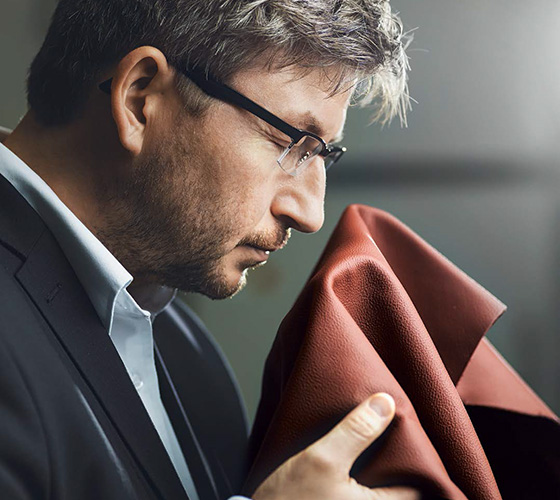
“A new car has to smell pleasantly neutral. The driver should be able to concentrate on its appearance and handling.”
DR. JÖRG GÖLDENITZ
Many of the components in a car’s interior are made out of plastic. They ensure a high level of safety and sophisticated design while keeping the weight to a minimum. In his laboratory in Wolfsburg, Göldenitz starts by carefully testing every new material to see whether it releases harmful or allergenic substances. If it passes this test, the chemist then grades the material’s smell on a scale from one to six on the basis of small samples. Every new vehicle model is tested, too: the car is heated to desert temperature, for example, to be able to assess the smell when the doors are closed.

The odor samples are as banal as they are ingenious:
a piece is cut out of every material used in the interior and heated in a jar before under- going an olfactory inspection. The entire car also has to go into the hot climate chamber prior to testing.

The sound composer
A Ducati is a Ducati if you can recognize the sound with your eyes closed. Acoustics expert Francesco Sini (39) is responsible for the characteristic roar of a Ducati engine.
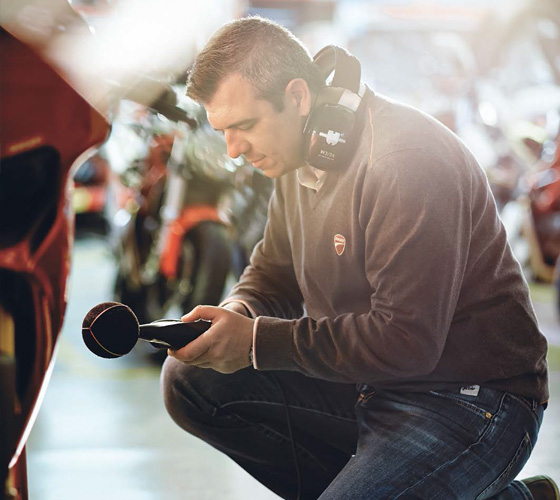
“The characteristic engine sound is part of Ducati’s identity.”
FRANCESCO SINI
The “desmo” sound of a Ducati is legendary among motorcyclists. The word comes from the desmodromic valve – a mechanism that opens and closes the engine valves. One of Sini’s tasks is retaining the characteristic engine sound, even if legal requirements introduce stricter noise emission limits. As early as the development phase, Sini simulates how the motorcycle will later sound with the help of his computer. The high-precision acoustic work is then carried out in secret on the silencers in the exhaust line.

Audio samples: recording the motorcycle’s sound primarily serves to review and confirm previous calculations.
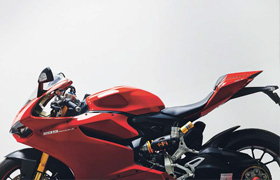
The sight professional
Dr. Marcus Schneid (36) has his sights set firmly on quality. He assesses the ergonomic impact of Audi’s new instrument panels and displays – even when there is no car to go with them yet.
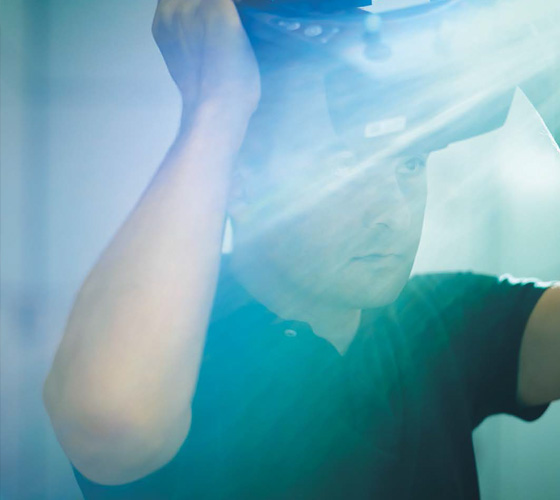
“The display always has to be easy to read, regardless of how tall drivers are and how they sit in the car.”
DR. MARCUS SCHNEID
Large displays in the instrument cluster and in the center console make drivers’ lives easier. Audi’s aim is to always offer its customers the right information at the right time. In the ergonomic laboratory, Schneid evaluates whether the displays and instruments are easy to read – and don’t just look good. Head-up displays, which project important information directly into the driver’s field of vision, represent a particular challenge. Usually, you need a prototype vehicle for this. If it does not exist yet, Schneid uses a virtual reality helmet to test whether a display is user-friendly.
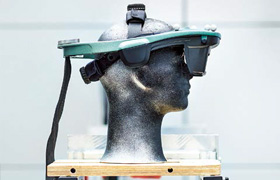
Seeing into the future: display developments can be viewed and evaluated in 3D before prototypes are built using a virtual reality helmet.

The taste virtuoso
Sandra Wickboldt (35) is not just the keeper of the quality of a cult object, Volkswagen Currywurst – as the head of food production and sales she is also responsible for new taste sensations.
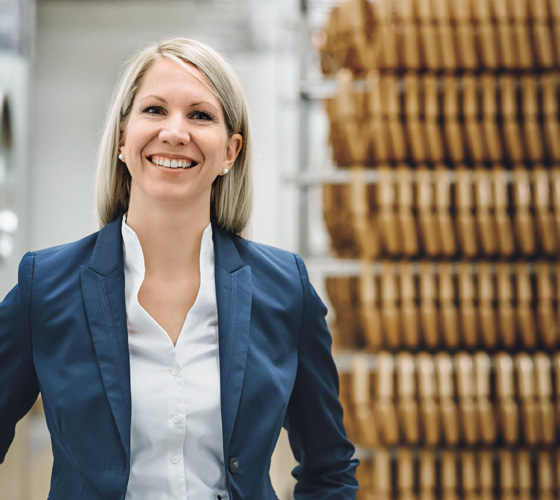
“Volkswagen’s Currywurst is enjoyed all over the world. It’s now even produced in China.”
SANDRA WICKBOLDT
Its production numbers are unmatched by any other model: every year, over six million Currywurst portions – a German specialty featuring sausages in a curry sauce – leave the in-house butcher in Wolfsburg for destinations all around the world. Its main customers are company restaurants at Volkswagen’s own plants. Wickboldt holds regular taste testing sessions with her master butchers and chefs to ensure that Volkswagen employees always get the very best quality. New creations from the test kitchen also find their way to the table. A fiery innovation recently passed the taste test – the extra spicy “Heaven & Hell” Currywurst sauce.
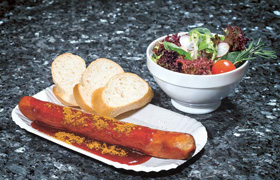
Over six million portions of Volkswagen Currywurst are eaten every year. Taste tests are held regularly to ensure that only the best quality is served.
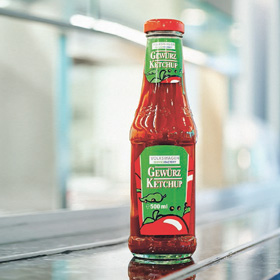
The touch expert
David Irving (30) aims to create the most comfortable car seat in the world. At Bentley, he develops not just elegant seating, but also countless adjustment and massage functions.

“Looking elegant is not enough. A good seat is also comfortable over extremely long distances.”
DAVID IRVING
Seat comfort for drivers and passengers depends on the quality of a number of principle elements, one such example being upholstery. Only perfect selection, composition and workmanship provide the combination of comfort and firmness that underscores the exclusive British brand’s sporty, luxurious reputation. The adjustments integrated within the package by Irving work invisibly to ensure that the seat adapts itself individually to every occupant, even massaging them if they so wish. Irving’s office is deliberately positioned next to the production and prototype facilities. Daily seat testing is part of his job.
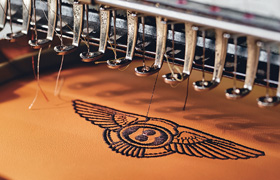
Passionate about the perfect seat: the development of Bentley’s seats combines technical expertise and fine craftsmanship.
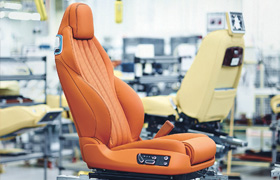
The speed ace
Test driver Pierre-Henri Raphanel (52) teaches Bugatti’s customers a special sixth sense – a sense of speed. This is vital for keeping the fastest series-produced cars in the world on the road at over 400 kilometers per hour.

“My only previous experience of the same acceleration and speed as a Bugatti Veyron was in a thoroughbred racing car.”
PIERRE-HENRI RAPHANEL
After sitting in a Bugatti Veyron1 for the first time, Raphanel never wanted to get out again. Although the former Le Mans driver was used to driving at high speeds, never before had he felt so safe even when traveling at top speed. Ambitious Bugatti customers can also experience this feeling under Raphanel’s guidance. What does it feel like? This calls for full concentration, says Raphanel. And in this particular case that means eliminating all other senses that could distract the driver from savoring this incredible moment in all its perfection.
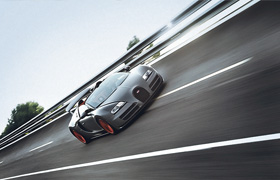
Speed control: driving at over 400 km/h requires full concentration, even from professional drivers.

1 Bugatti Veyron 16.4 Grand Sport Vitesse 882 kW fuel consumption in l/100 km urban 37.2 / extra-urban 14.9 / combined 23.1; CO2 emissions in g/km combined 539.
PHOTOGRAPHY
Hartmut Nägele, Volkswagen AG